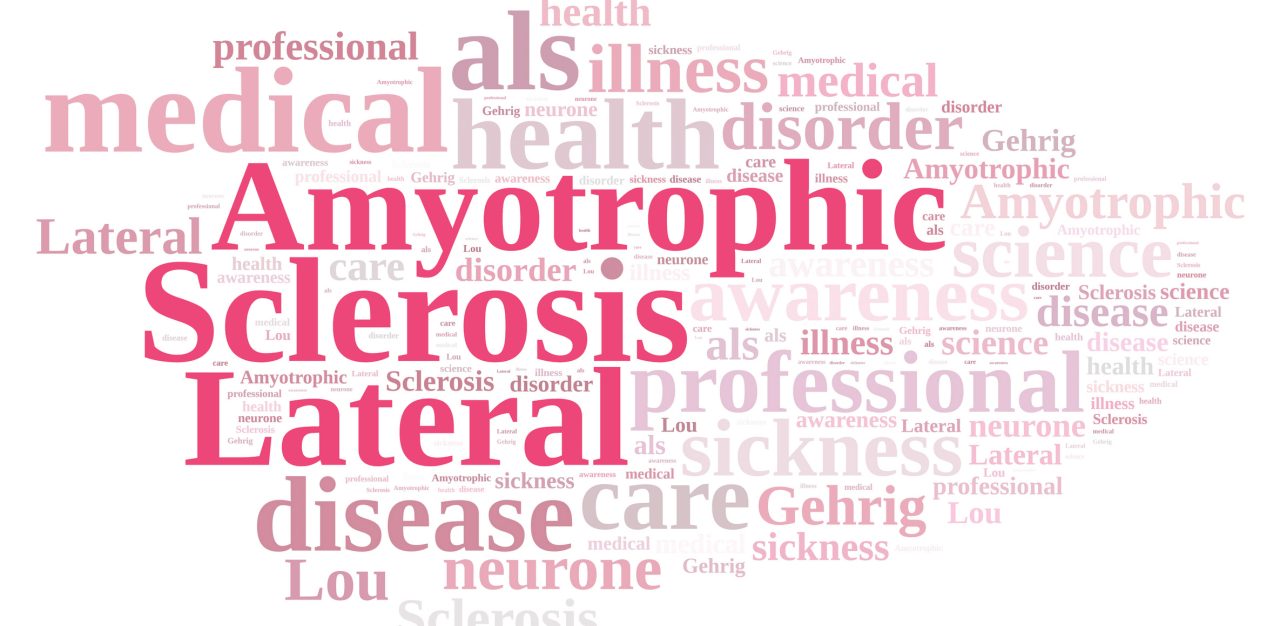What Is Amyotrophic Lateral Sclerosis? - Page 3

What does ALS do to the body?
Amyotrophic lateral sclerosis interrupts the nerve signals that normally direct your muscles to move. Movement requires coordinated activity between motor neurons in your brain and spinal cord, and the muscles. To move your arm, for example, upper motor neurons in the cerebral cortex of your brain send a message to lower motor neurons in your brain, as well as to motor neurons in your spinal cord. When the signal reaches the muscles in your arm, they contract in a way that allows you to lift your arm.
ALS damages or destroys both upper and lower motor neurons, so they can no longer send messages to muscles in all parts of your body. The word “amyotrophic” means “without nourishment to muscles.” Once your muscles no longer get the signal to move, they weaken and then start to atrophy, or waste away. Eventually, a person with ALS loses the ability to walk, talk, eat, and breathe.
<< Previous Next: What is ALS like to live with? >>
Updated:
March 16, 2020
Reviewed By:
Christopher Nystuen, MD, MBA